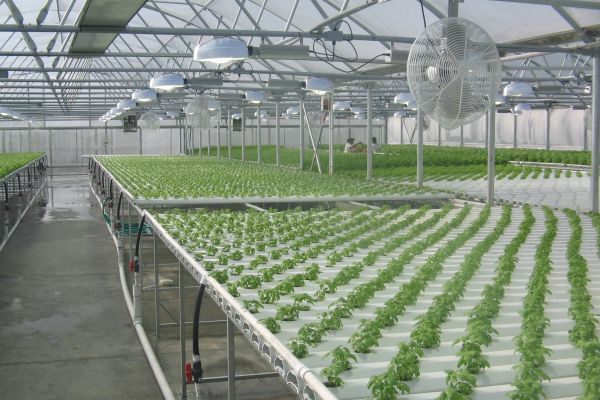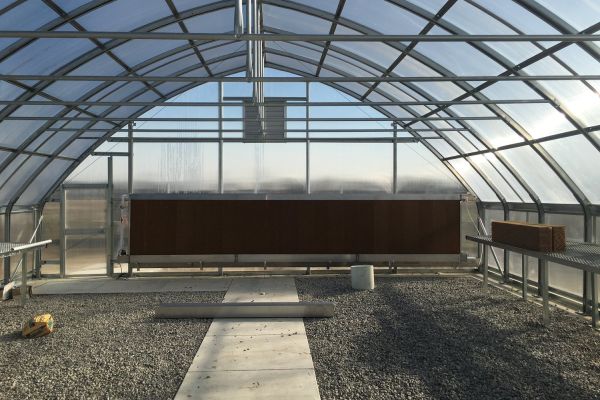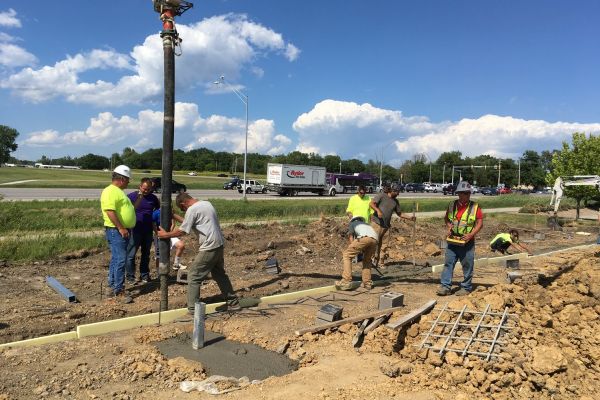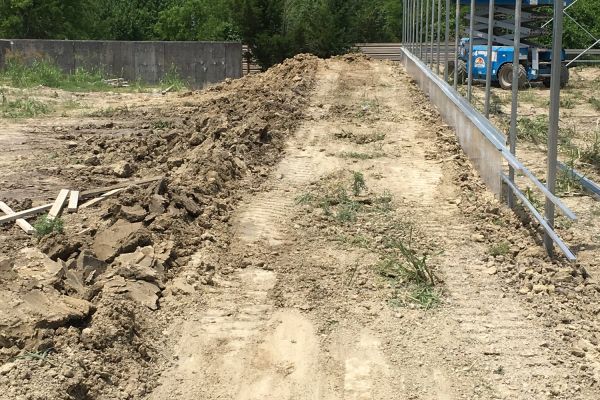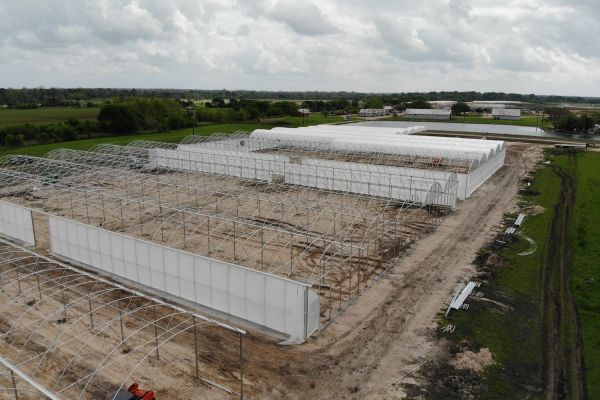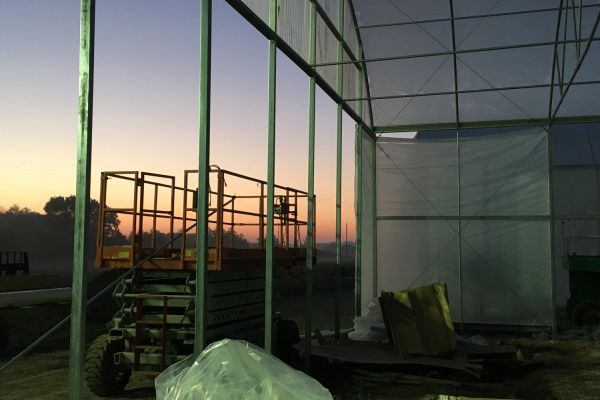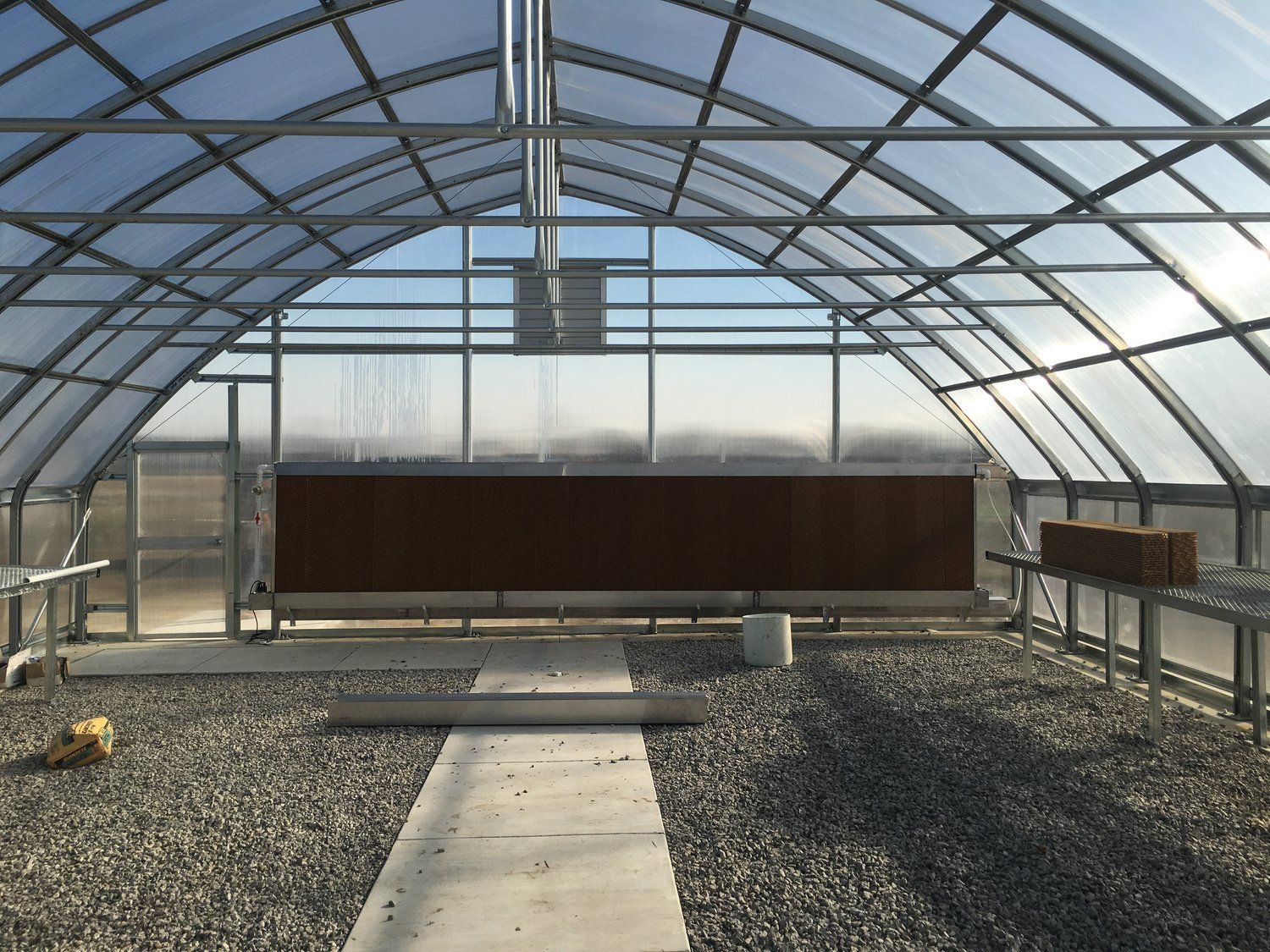
Budgeting and Cost Control in Greenhouse Construction Projects
In the realm of construction, effective budgeting and meticulous cost control are paramount for delivering projects on time, within scope, and within financial constraints. From towering skyscrapers to infrastructure developments, managing costs efficiently ensures profitability, client satisfaction, and sustainable growth. In this blog post, we explore essential strategies and best practices for achieving robust budget management and cost control in construction projects.
Importance of Budgeting and Cost Control
Budgeting and cost control form the financial backbone of construction projects, influencing every aspect from planning to completion. A well-defined budget serves as a roadmap, guiding decision-making, resource allocation, and project prioritization. Meanwhile, rigorous cost control measures safeguard against overruns, delays, and potential financial pitfalls, ensuring projects remain on track and within stakeholders’ expectations.
Essential Strategies for Effective Budgeting and Cost Control
1. Thorough Project Planning and Estimation
Begin with comprehensive project planning and accurate cost estimation. Break down project components, tasks, and resources required for each phase. Incorporate factors such as labor, materials, equipment, permits, overhead costs, and contingencies. Utilize historical data, industry benchmarks, and expert insights to refine cost estimates and minimize uncertainties.
2. Establish Clear Budgetary Guidelines
Define clear budgetary guidelines aligned with project objectives, client expectations, and financial constraints. Allocate budgets for different project phases and categories, such as design, procurement, construction, and post-construction phases. Monitor and adjust budgets throughout the project lifecycle to reflect evolving priorities and unforeseen circumstances.
3. Monitor Costs Proactively
Implement robust cost monitoring and reporting mechanisms to track expenditures against budget allocations. Utilize project management software and financial tools to maintain real-time visibility into costs, expenses, and financial performance. Conduct regular reviews and variance analysis to identify cost deviations early and take corrective actions promptly.
4. Adopt Value Engineering Principles
Embrace value engineering principles to optimize project costs without compromising quality or functionality. Collaborate with design and engineering teams to identify cost-saving opportunities, alternative materials, and construction methods that align with project specifications and client requirements. Prioritize investments that deliver maximum value and return on investment (ROI).
5. Negotiate Contracts and Procurement Strategically
Negotiate contracts with vendors, subcontractors, and suppliers to secure competitive pricing and favorable terms. Conduct due diligence in selecting partners based on qualifications, reliability, and track record. Establish clear deliverables, milestones, and payment schedules to manage cash flow and mitigate financial risks associated with procurement.
6. Implement Lean Construction Practices
Embrace lean construction principles to streamline workflows, minimize waste, and enhance productivity. Optimize labor efficiency, reduce downtime, and improve resource utilization through lean methodologies. Foster collaboration among project teams to identify and eliminate inefficiencies that impact project costs and timelines.
7. Maintain Transparent Communication
Promote transparent communication among stakeholders, including clients, contractors, suppliers, and regulatory authorities. Provide regular updates on budget performance, financial forecasts, and potential risks or challenges. Address concerns promptly and seek consensus on decisions that impact project costs and outcomes.
Conclusion
Budgeting and cost control are foundational pillars of successful construction project management, ensuring financial discipline, accountability, and sustainability. By prioritizing accurate estimation, proactive monitoring, strategic procurement, and collaborative decision-making, construction professionals can mitigate financial risks, optimize resource allocation, and deliver projects within budgetary constraints. Embracing technological advancements and industry best practices further enhances capabilities in budget management and cost control, fostering innovation and resilience in the construction sector. As the construction landscape evolves, adopting a proactive approach to financial management remains essential for achieving profitability, client satisfaction, and long-term success in the competitive marketplace.
Most Popular Greenhouse Articles
